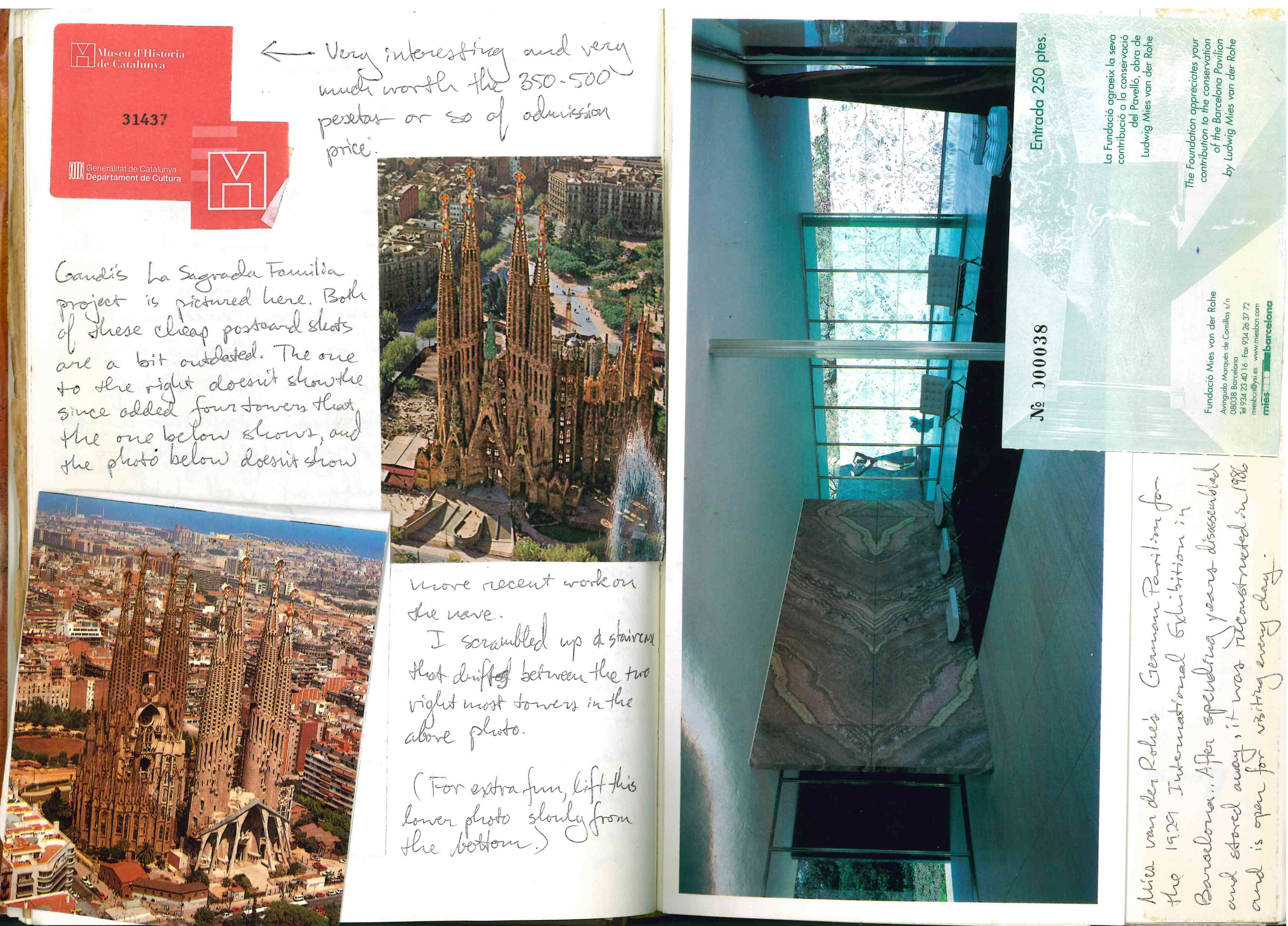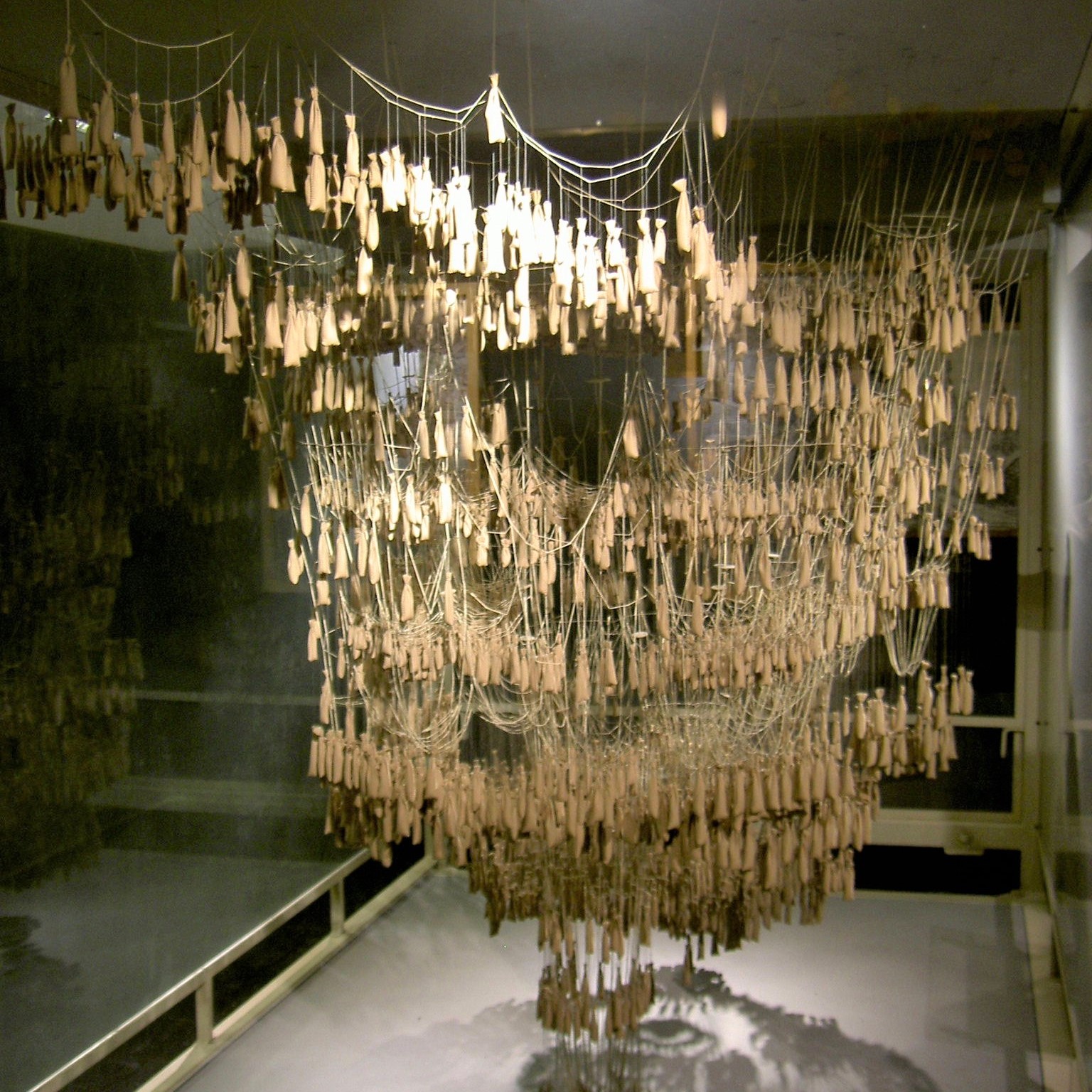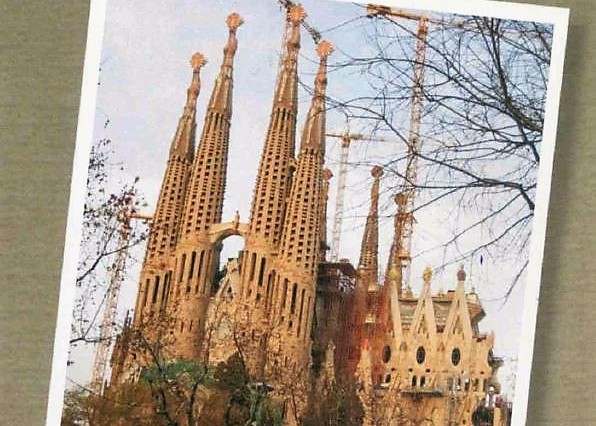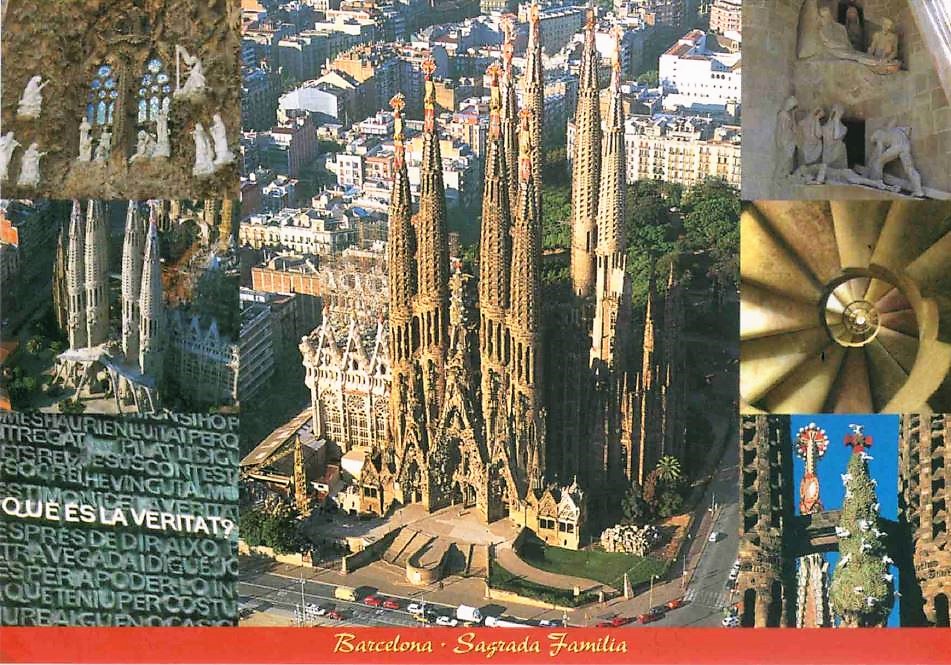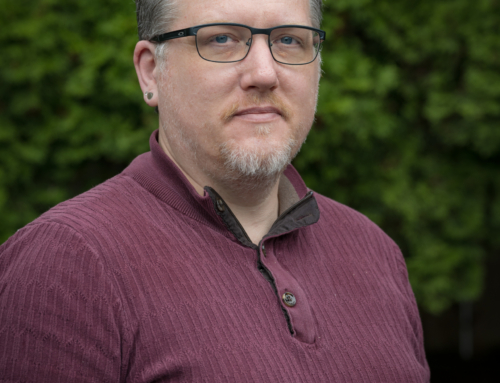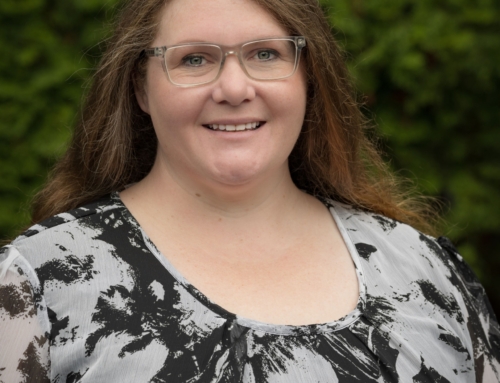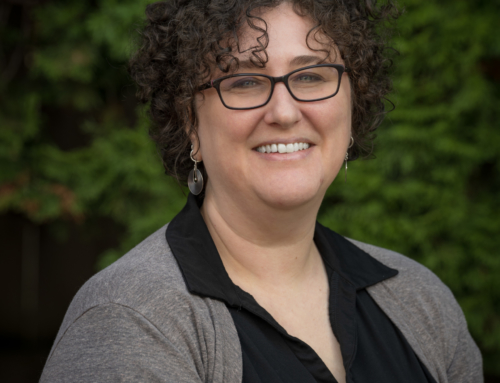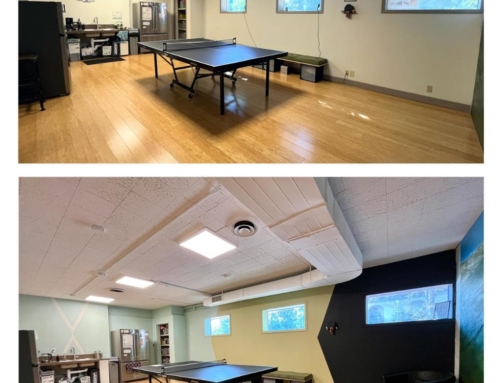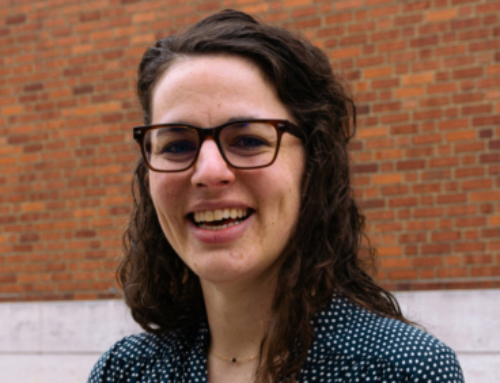Three of our staff members have been lucky enough to see the Sagrada Familia in person. The Sagrada Familia is a famed, incredibly large, unfinished Roman Catholic church in Barcelona, Spain. The work was largely designed by Antoni Gaudi, who is arguably the most famous of Spanish (Catalan) architects to have ever lived. Construction of the project began in 1882, and continues to this day. As of 1926, the year of Mr. Gaudi’s death, less than 25% of the project had been built. Between the death of the architect, funding issues and even the Spanish Civil War, the story of the Sagrada Familia is a lengthy one.
In this blog post, we share the lasting impressions that this architectural work gave each individual. Because we apply our own lenses, you can learn about the building through different perspectives; Adam’s is situational, Allen’s is technical, and Crystal’s is design and emotion based.
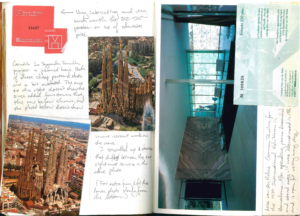
By: Adam Robins, Project Manager
Having boarded the train in Milano the day before and having traveled all along the coast of southern France overnight, my train pulled into Barcelona-Sants around the middle of the day. I had mistakenly taken the local train and it stopped everywhere. I gathered my things, disembarked, and left the station. It wasn’t long before I saw the towers of La Sagrada Familia. It was 1999, and in its surroundings, it was the tallest building around by a long shot. I dropped my things off at a hostel and went to see it the next day.
It’s hard to describe the scale without falling into cliche phrases. Yes, it is massive. Yes, it “reaches into the heavens.” I found it really impossible to do it justice with my 35-70mm kit lens on my camera, so I mostly just purchased postcards, some of which made it into my journal.
I can tell by an admission receipt I also enclosed that I visited August 17, 1999, and I note here “these cheap postcard shots are a bit outdated.” Indeed, they had built four more towers than the photo in the lower left showed, and there had been a lot more work on the nave. “I scrambled up a staircase that drifts between the two right-most towers in the [photo in the middle of the page].” The view from the tower was basically a 360 of all of Barcelona out into the Mediterranean and out past the city limits in all directions.
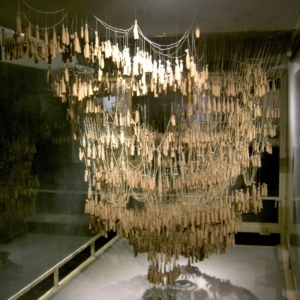
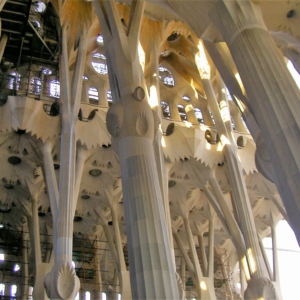
By: Allen Kabanuk, Architect
I was there in 2004. Besides the cathedral itself, what was impressive was the scale model Gaudi built to understand his structure, how it would stand up using natural shapes. He basically suspended weights on string from above to represent the path gravity would follow to the ground. The reason for building it upside down was that he knew the suspended shape of a string tied at both ends form the same shape of a natural arch. This informed him of what shape the building’s arches and columns would efficiently form. Gaudi would turn the model “upright” by taking photographs and studying them. It was a system so complex that computers were unable to accurately recreate the Sagrada Familia’s complexity until the 1990’s.
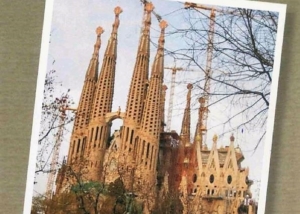
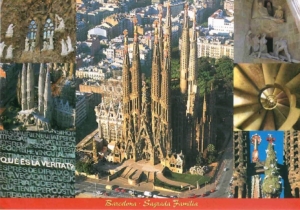
By: Crystal Glanz-Kreutz, Designer
During my visit to Barcelona in the winter of 2007 I visited several of Gaudi’s works; The Parque Guell, Casa Mila, and La Sagrada Familia, to name a few. Having long been a fan of Art and Crafts and Art Nouveau, I could see the variation on a theme… Gaudi took Art Nouveau to new levels… The organic curvature, undulating walls and splashes of color were clearly influenced by the Mediterranean, religion and nature. His work is an interesting remix of elements (both in materials and design motifs) that you’ve seen before, but that are put together in a whole new way.
The Sagrada Familia is intimidating. The scale is unlike anything that I had ever seen before or since. The mass is large, a full city block, and it is nestled in and amongst the bustling metro; double decker tour buses, pedestrians headed in every direction, cars, cyclists, you name it… it’s quite the juxtaposition to see such a mammoth church, just around the corner from a coffee shop and modern retail stores. To experience the Sagrada Familia today is certainly quite different than how it would have been when construction began, well over 100 years ago. I had to wonder, if not for the delays, if it had been built and completed to its original schedule, how would it have influenced the growth and design of the city around it? With its gothic and organic influences, perhaps Barcelona would have adopted more of these stylings, in a parallel universe there may be a far more highly stylized Barcelona where the characteristics of Gaudi’s work are seen more throughout the city.


